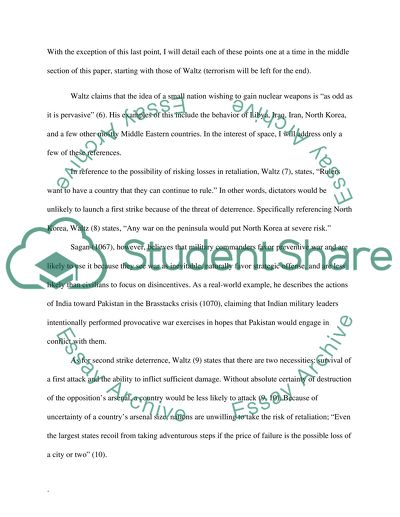Cite this document
(“Nuclear Proliferation: If more states acquire nuclear weapons, will Essay”, n.d.)
Retrieved from https://studentshare.org/environmental-studies/1415342-nuclear-proliferation-if-more-states-acquire
Retrieved from https://studentshare.org/environmental-studies/1415342-nuclear-proliferation-if-more-states-acquire
(Nuclear Proliferation: If More States Acquire Nuclear Weapons, Will Essay)
https://studentshare.org/environmental-studies/1415342-nuclear-proliferation-if-more-states-acquire.
https://studentshare.org/environmental-studies/1415342-nuclear-proliferation-if-more-states-acquire.
“Nuclear Proliferation: If More States Acquire Nuclear Weapons, Will Essay”, n.d. https://studentshare.org/environmental-studies/1415342-nuclear-proliferation-if-more-states-acquire.


